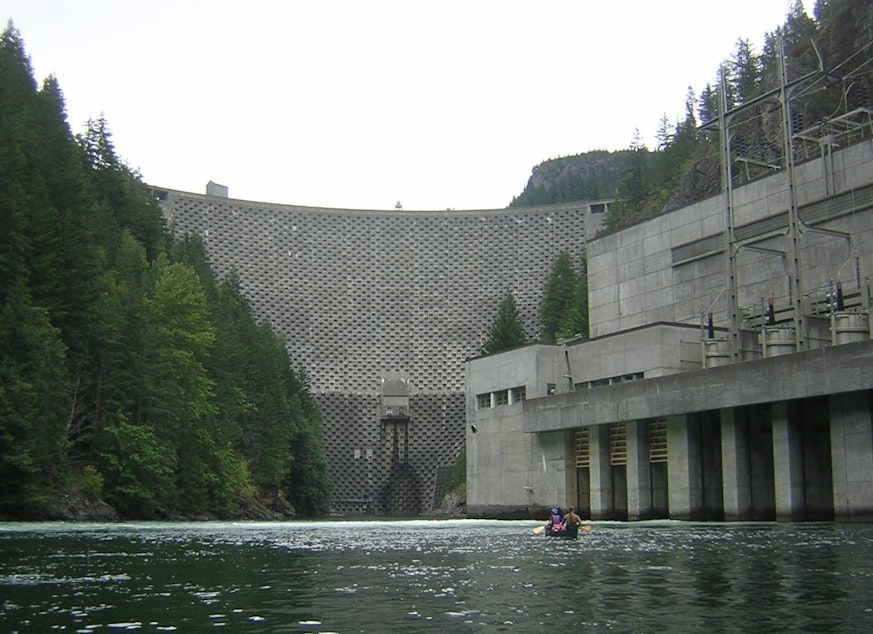Hydropower in western U.S. resurges after hitting 20-year low

Hydropower production in the western United States increased 13% in 2022, bouncing back after falling to a 20-year low the year before.
A long-lasting drought has been reducing the flow of water over dams, and the energy they produce, in much of the West.
With 145 large federal dams, Washington state is the nation’s leading producer of hydropower.
More snow and rain in 2022 fueled a 17% surge in power production in Washington, including a 19% increase at Grand Coulee Dam, the nation’s largest producer of hydropower.
Hydroelectricity generation at rivers in Oregon jumped 19% during the 2022 “water year” from October 2021 to September 2022.
“Water year 2021 was especially dry in Eastern Washington, most of Oregon, and most of Idaho,” Assistant Washington State Climatologist Karin Bumbaco said in an email. “2021 also featured an exceptionally dry spring and of course the record-breaking June heat wave.”
Sponsored

The 2022 power surge in Washington and Oregon helped the western electrical grid rely a bit less on the fossil fuels that are driving climate change and worsening droughts and heat waves. The more hydropower that enters the electrical grid, the less climate-damaging fossil fuel has to be burned to keep the region’s lights on.

Sponsored
Eleven western states produce most of the nation’s hydropower, and much of the West has been faced with “megadrought” conditions over the past two decades.
In recent weeks, a series of the drenching storms known as “atmospheric rivers” has helped replenish snowpack and streamflows in California and beyond.
Still, much of the West remains abnormally dry.
U.S. Energy Information Administration officials expect the current year’s hydropower production to fall about 4% short of last year’s.
Like other forms of renewable energy, hydropower depends on the weather, and local production can fluctuate wildly. At a regional scale, fluctuations tend to be less severe.
Sponsored
“Drought rarely affects all the major Western hydropower regions at the same time,” said National Hydropower Association spokesperson LeRoy Coleman.
A 2021 study by the Pacific Northwest National Laboratory found that even in drought conditions, Western dams produced 80% as much power overall as they did in more typical years.
Meanwhile, a new report from Washington Gov. Jay Inslee’s office says salmon continue to struggle in the state, with hydropower dams one of many threats to the fishes’ survival.
Of the 14 types of salmon and steelhead in Washington that are listed as endangered species, only four are making progress toward getting off the endangered species list, according to the Governor’s Salmon Recovery Office.
In 30 years, no Washington salmon has successfully swum its way off the endangered list.
Sponsored
Increased investments in salmon habitat, clean water, and a stable climate are needed to help the signature species of the Northwest bounce back, according to the Salmon Recovery Office.




